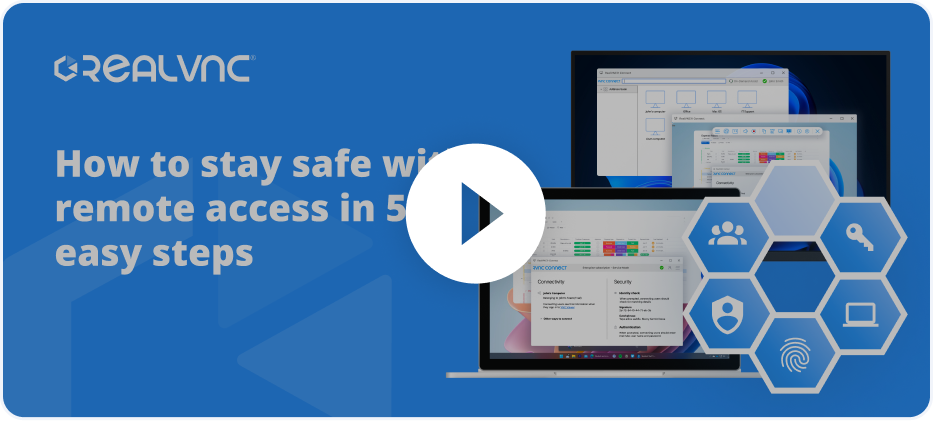Thanks to the pandemic, and rapid advances in technology, the concept of “the workplace” is changing. With many employees now working remotely, the need for a physical workplace is becoming outdated for some companies.
Many companies are taking note of the improved employee wellbeing and increased productivity that comes with remote working, and have adapted their operations to include remote or hybrid working.
Some companies, however, are taking this concept to another level and are operating with a globally distributed team. With greater demand for flexible working opportunities and technology available to facilitate it, it’s no wonder that distributed teams are becoming more prevalent.
But what is a distributed team? And how do you prioritize communication in globally distributed teams?
What is a distributed team?
Many people confuse a distributed team with a remote team. While there are similarities, it is important to note that they are, in fact, different things.
A remote team consists of a mixture of team members working from a central office, and others who work remotely. With a remote team, the organization still has a central office space where some workers will be based, at least some of the time.
A distributed team is when all members of the team work remotely in different locations. The company has no central office space, and members of the team work from various locations and even in different time zones.
Prioritizing communication in globally distributed teams
Managing a globally distributed team comes with significant challenges, particularly when it comes to communication. Consider the seven tips set out below to help you prioritize communication and ensure your globally distributed teams run efficiently.
1. Have a sophisticated onboarding process
For new workers entering a distributed team, an effective remote onboarding process is vital. New employees need to be given the information and tools they need to get started immediately.
With an absence of colleagues sitting next to them in the office to answer their queries, you need to ensure the onboarding process is well-structured, informative, and comprehensive. It is good practice to allocate your newest team member a “go-to” person or a mentor who can help them settle in and answer any questions they may have.
It is also really important to ensure the newest member of your distributed team feels welcome, so be sure to schedule time for their colleagues to virtually welcome them to the team.
Not only do they need to feel welcome, but they need the appropriate training and information to allow them to do their job effectively. Make sure your onboarding process is comprehensive. Don’t just set them up with a laptop and expect them to get on with it. Introduce your new team member to the tools and software they will be using, and let them know the expectations of their role and responsibilities. There’s more on this later!
If you make the time and effort to properly welcome your new employees and connect them with the rest of the team, you give them the best chance of quickly finding their feet and getting to work!
2. Use the right tools
Without the right technology, communicating with your globally distributed team will be impossible. Remember though, that not every remote working tool will be the right fit for your organization and your team.
Research the tools that are available to you and ensure you know how it will benefit your team. Only invest in those that will be of genuine benefit to your business, as having too many different tools for communication purposes can be confusing and counter-productive for your team.
It can be hugely beneficial to use one unified platform for all communications between team members. This can include instant messaging, email communications, international calling, and video conferencing.
Your unified platform could even incorporate employees’ daily tasks and allow them to access the data they need to carry out their role effectively. This can increase productivity and efficiency as employees only need to navigate through one platform to carry out their day-to-day tasks.
By using the right remote access software for your globally distributed team, you create a remote environment that fosters great communication and therefore boosts productivity and benefits your business overall.
3. Schedule regular meetings
For globally distributed teams, staying connected is vital. It can be all too easy for distributed employees to get on with their day-to-day tasks and work within their own little bubble.
To prioritize communication in your globally distributed team, schedule regular team meetings where all team members can come together. The frequency of these meetings will depend on the needs of your team and your organization, but this may be daily, weekly, or monthly.
With team members working remotely, it can be tempting to go off track and spend your video conference “catching up” rather than addressing the matter at hand. It is essential that your team meetings are not only scheduled, but that they are structured with an agenda in advance.
4. Establish clear roles and expectations
Throughout all of your communications with your distributed teams, you need to be crystal clear on your expectations. This may include explaining roles and responsibilities, setting deadlines, and establishing KPIs.
In any team, but especially in a globally distributed team, it is essential that clear roles and expectations are established. To reduce the risk of miscommunications between locations and time zones, everyone needs to be aware of their specific responsibilities.
In any team, but especially in a globally distributed team, it is essential that clear roles and expectations are established. To reduce the risk of miscommunications between locations and time zones, everyone needs to be aware of their specific responsibilities.
Make it clear what exactly you expect from them in terms of communication. Do you expect members of your distributed team to check in with you daily? When should they be available online? What is your preferred response time? Setting these clear expectations help to prioritize communication in your distributed team and help your organization run smoothly.
5. Keep extensive records
In order to effectively communicate with your globally distributed team, it is vital that you have extensive record keeping processes in place.
With team members working in different locations and potentially in different time zones, it is important that all virtual meetings are recorded. Depending on the nature of your business, you may also ask employees to keep certain records with regards to their daily tasks.
Having extensive records will assist the collaboration process greatly. For example, if you have various employees collaborating on a project, detailed records will allow team members to pick up where someone else left off. It can also help team members understand what has happened so far in the project and what needs to happen next. This is particularly useful for teams working out of different time zones.
Another tool that can help you prioritize communication in your globally distributed team is using a voicemail to email tool. As the name suggests, this sends your voicemail messages to your email, and some providers offer a transcript service too. For team members working in different locations and in different time zones, this can be a highly effective tool for communication as well as record keeping
6. Take steps to overcome language barriers
With a globally distributed team, employees will likely have different preferred languages. This can clearly cause challenges when it comes to communication.
However, with appropriate tools and software in place, you can allow all employees to communicate using their preferred language. There are many tools and pieces of software available to global businesses now which can allow employees to work in their preferred language.
Invest in high-quality multi-language tools to prioritize communication in your organization and ensure your globally distributed team members can communicate with each other effectively.
7. Facilitate team bonding opportunities
Working with team members situated all over the world can make employees feel disconnected. Offer members of your distributed team the chance to bond with each other as they would if they were in a traditional office setting.
Earlier, we highlighted the importance of having an agenda for scheduled virtual meetings to ensure you stay on track. It may be worth adding 10-15 minutes of time at the beginning or end of your meetings to allow employees to catch up.
You could also use virtual team building activities, or create an online space that is purely for employee socialization. For example, a platform where team members can share their wins or you can wish your colleagues a happy birthday.
Getting to know your distributed team members on a more personal level will make them feel like they are a valued part of your organization.
A distributed team doesn’t mean a disconnected team
Clearly, there are challenges when running a globally distributed team. However, with effective communication strategies in place, and the right tools at your disposal, these challenges can be overcome.
Use our tips to prioritize communication in your globally distributed team and watch how the team runs more efficiently and benefits your entire organization.

















